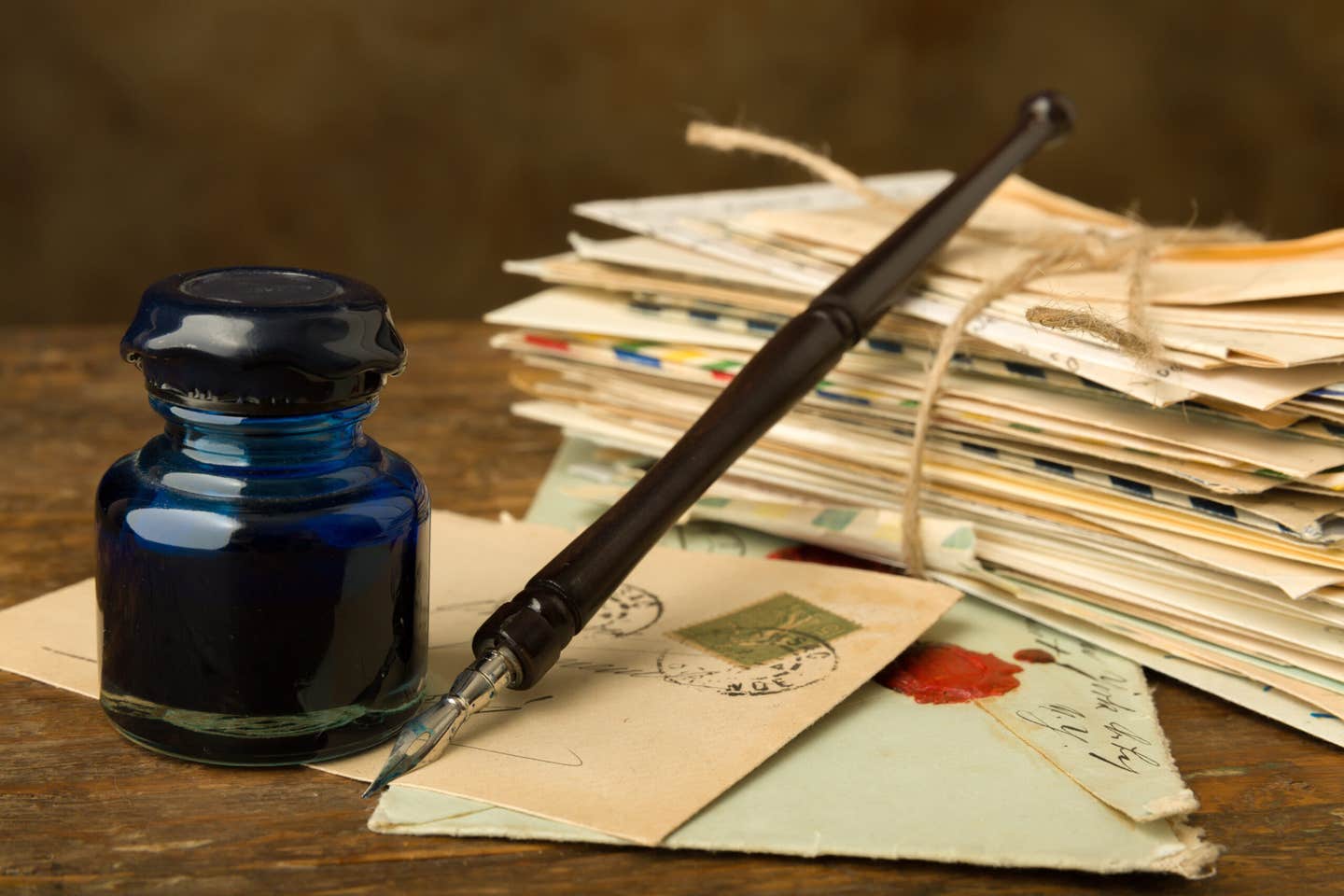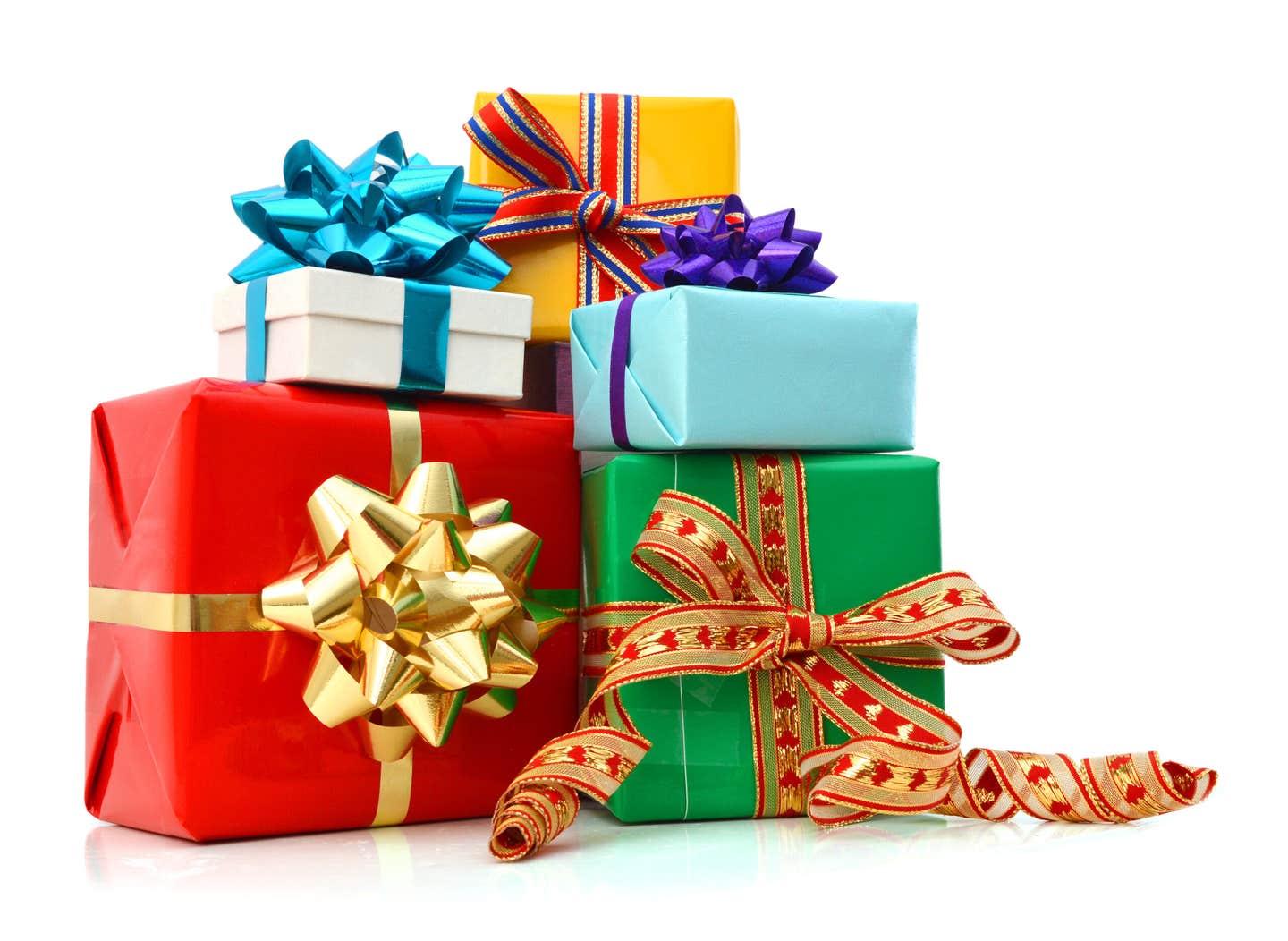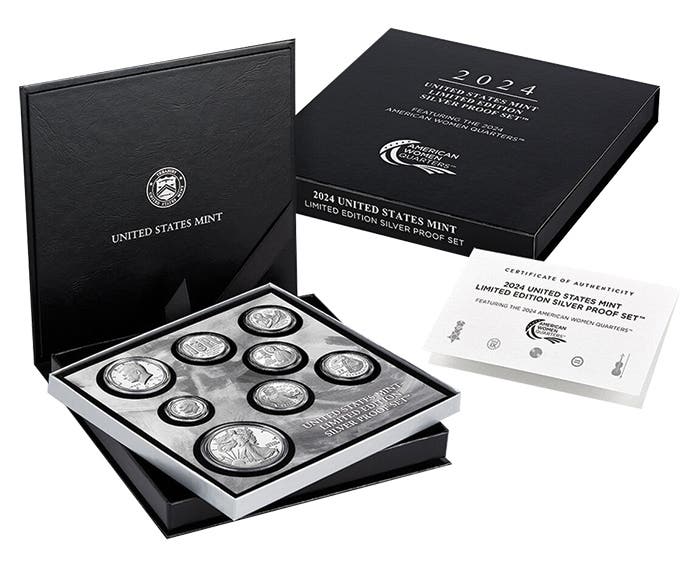Letters to the Editor (May 30, 2017)
Donation request yields two 2017-P coins in Idaho Here I am in Idaho. I never expected to see any 2017-P coins. A solicitation from Food for the Poor included one…
Donation request yields two 2017-P coins in Idaho
Here I am in Idaho. I never expected to see any 2017-P coins. A solicitation from Food for the Poor included one 2017-P penny and a 2017-P nickel, both of which I kept. I sent in a donation that more than covers the six cents.
Ralph Higer
Boise, Idaho
Reduce size of cent to save in production cost
Every couple years we hear the need to do away with the 1-cent and $1 bill because its cost to produce exceeds the cost of the coin and paper bill. There are other solutions to this dilemma. The first is to reduce the size of the cent to what was done to the 1-cent euro as shown above. This would reduce the material cost by at least one-third or more and might also require a redesign.
America loves its $1 bill and hates the $1 coins by a large margin. So why not make a better, long-lasting $1 bill? We have the technology and the material, so why not do it?
There are many other problems with Senate Bill S. 759 that to date has only one co-sponsor (Sen. Michael Enzi [R-WY]). I think it is DOA except for its introduction. There are many more ways to reduce our government’s cost than attacking our money.
Denis Watson
St. Charles, Mo.
Ohio bank supplied 2017-P cent rolls
I picked up five rolls of the 2017-P pennies at my bank in Orrville, Ohio. I am delighted to get the coins.
P. Strangelo
Orrville, Ohio
FSB Liberty Head dime discussion continues
I would like to address Mr. R. Vodney’s (May 2) and Mr. Frank S. Robinson’s (May 9) letters in reference to my April 4 “Viewpoint” wherein I pointed out the rarity of the 1916-D versus the 1945-P Liberty Head dimes with Full Split Bands in MS-65. Mr. Vodney is correct, there are occasions when “demand ... is actually more important than supply.” He further states: “... some of the demand may be driven by a lack of knowledge that the 1945-P FSB” is quite rarer than the 1916-D FSB in the aforementioned grade. Mr. Robinson (who wrote my comments provided him with “a huge laugh”), likewise concurred by saying, “... the demand part of the law of supply and demand,” should not be overlooked. The reason I wrote my Viewpoint analysis was to simply educate collectors, perhaps even a few dealers, to realize that the exorbitant price difference between the two coins presently exists because of “a lack of knowledge,” while demand for the 1945-P with FSB generally remains traditionally low among collectors of that series.
Let me also clarify that the 1916-D dime is not “a rare date/mintmark” as Mr. Robinson seems to contend. Rather, its status is somewhat similar to a 1909-S VDB Lincoln cent. Both popular coins happen to be first year, of low mintage and expensive to acquire in any grade, but they are not truly “rare” (per se), when compared to an 1894-S dime or an 1804 silver dollar. Mr. Robinson goes on to say, “It’s not a law of nature that numismatists must care so hugely about ... design detail,” referring to the 1945-P dime with FSB, and, yet, dealers place additional premiums on Mint State FSB 1916-D examples as well. There are a number of collectors of other series who strictly do “... care so hugely about ... design detail,” and they are willing to pay serious money, extreme amounts that Mr. Robinson would surely describe as being “bonkers.”
I do appreciate both of the letter-writers’ sincere comments as well as their knowledgeable input; however, to be fair, let us also explore the axiom of choice. If one were to question Set Registry collectors of FSB dimes as to how difficult it is to acquire the 1945-P in MS-65 FSB, when compared to the 1916-D FSB in the same numerical grade, demand for the former would be overshadowed by the meager supply and/or availability factor of the MS-65 FSB 1945-P (as NGC and PCGS Population Reports confirm). A recent scan of eBay resulted in my locating three offerings of the 1916-D FSB dimes, zero for FSB 1945-P examples. No one has a proverbial crystal ball, but now might be a good time for the astute collector, or numismatic purist, to consider attempting to acquire a 1945-P FSB in MS-65 before non-educated collectors, perhaps some with deep pockets, get wind as to its true elusiveness whereby the value of such may very well skyrocket in the future! For Mr. Robinson’s benefit, we are dealing with an intangible commodity here, not live, black “Dutch Tulips.”
In closing, Mr Robinson labels himself “... as an old Mercury dime aficionado,” which is a popular misnomer. I am quite sure he is fully aware that the wing design on Ms. Liberty’s head represents freedom of thought whereas the wings of the mythical Roman god, Mercury, were relegated to his feet because he was a fleet-footed messenger.
As a side, I once viewed a segment of the popular television game show, “Jeopardy.” A male contestant was shown an enlarged photo of a Liberty Head dime, and was then asked to identify the subject. When he replied, “Who is Liberty?” host Alex Trebek regretfully responded, “Oh, I’m sorry, the correct answer is, “Who is Mercury?” I later wrote to the show, explaining Liberty was indeed correct, and, subsequently, I received a Jeopardy postcard with a missive personally written and endorsed by Mr. Trebek, who apologized for the error, explaining the shows researchers had “missed that one.” Again, preference is a matter of one’s choice, so I have no reservations if Mr. Robinson wants to call said dimes “Mercs.”
Sam Lukes
Visalia, Calif.
Government should donate, sell, display 10 gold $20s
My suggestion for the government is to give one [1933 double eagle] to the Langbord family as a goodwill for losing the long court battle. The next four they should raffle off to help pay down the national debt. The remaining five should go to different museums across the country for everyone to get to see. Of course the Smithsonian should house one, as should the ANA museum. Just my thought.
Anthony Laux
Bloomington, Calif.
Church ought to receive full profit from coin sale
I am sure the 1866 proof $20 sold by Heritage for a local Indiana church will be headline news. My local newspaper carried an article with quotes from the pastor of the church. I was terribly disappointed to find that Heritage charged this church a 5 percent seller’s fee for this coin. Had this been someone in the numismatic community approaching Heritage, they probably would have offered the seller 105 percent of hammer just to be able to sell it.
So the $440,000 hammer netted the church $418,000 and Heritage made $99,000 on this single lot. As my grandmother used to say, “They’ll be going to heaven in a barbed wire basket!” There are good people at Heritage and I am sure they don’t want this type of press. I would hope that they would change their mind and, at minimum, “give” the church the full hammer price. The goodwill would go a long way. Please, Heritage, do the right thing and don’t take advantage of a church.
Mike Gasvoda
Address withheld
Error in letter stated writer had 2016-P cents
In the May 9 edition of Letters to the Editor, the writer, Philip from New York, was referring to the new 2017-P cent article that he was just reading about in NN.
Toward the end of the letter, Philip M. Lo Presti wrote, “To my disbelief, there they were, four brand new 2016-P one-cent pieces.”
Now, I know that it was a typo, but if he did have four 2016-P cents, he could retire and move to Florida, buy a yacht and live the life of Riley.
George Furr
Address withheld
More interest in availability of inaugural medal albums
Another collector inquired about the availability of albums for the 1-5/15 inch inaugural medals from the U.S. Mint. I, too, would like to learn of any albums for these products.
Donald L. Hill
Vallejo Calif.
This article was originally printed in Numismatic News. >> Subscribe today.
More Collecting Resources
• The Standard Catalog of World Coins, 1601-1700 is your guide to images, prices and information on coins from so long ago.
• The Standard Catalog of United States Paper Money is the only annual guide that provides complete coverage of U.S. currency with today’s market prices.









